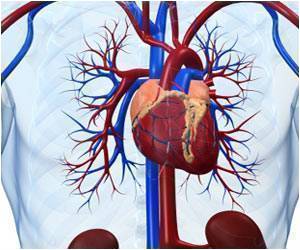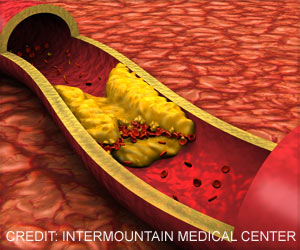Moderate-intensity (endurance) physical exercise plays an important role in the evolutionary history of human hearts, reveals a new study.

‘Sedentary people's hearts can take on 'ape-like' features. Over time, these same traits can contribute to heart disease. But the 'Ape-Like' change in the heart is preventable with endurance exercise.
’





Those are the main conclusions from a unique study led by Aaron L. Baggish, MD, director of the Massachusetts General Hospital (MGH) Cardiovascular Performance Program. Baggish and his collaborators examined how ape hearts differ from those of humans, why those differences exist, and what that means to human health. They measured and compared heart function in apes and four groups of humans (ranging from sedentary through to elite runners, and including indigenous subsistence farmers). Their research is presented in the Sept. 2019 issue of Proceedings of the National Academy of Sciences of the United States of America (PNAS). Baggish's collaborators on this paper included Robert E. Shave, Ph.D., School of Health and Exercise Sciences, University of British Columbia; and Daniel E. Lieberman, Ph.D., Department of Human Evolutionary Biology, Harvard University.
Chimpanzees are humans' closest known relatives, based on genetics and evolutionary studies. There are, of course, some stark differences between these species. For example, in terms of exertion, chimpanzees mainly engage in short bursts of activity, such as climbing and fighting, which put intense pressure on the heart but only for a limited time. In contrast, it's believed that, up until the industrial revolution, humans were active for longer bouts of time in order to hunt and farm. Survival of pre-industrial humans, it is thought, depended on moderate-intensity, endurance-like activity (e.g., hunting, gathering, and then farming).
It is also well established that some physical features of the heart change in response to certain physical challenges. Walking and running, for example, require more blood to be pumped to deliver fuel to active muscles. In contrast, brief but intense exertion from activities such as climbing or fighting, create pressure in heart, which over time can make the heart chambers develop stiffer and thicker walls.
"The heart remodels in response to two main forces: pressure and volume," says Baggish. As a result, "Humans have longer, thinner- and more flexible-walled hearts, while chimps have smaller hearts with thicker walls." What Baggish and his collaborators wanted to know was: Could those differences have evolved in response to humans' new activity levels? And if so, what implications does that have on human health today?
Advertisement
"The goal was to compare heart structure and function in each "type" - whether the subject was very active, to barely active," Baggish says. In addition, the investigators sought to determine if adaptation to either pressure or volume comes at the expense of the ability to handle the alternative form of stress. This was done by giving pressure adapted (football linemen), and volume adapted (long-distance runners) both a "volume challenge," by giving them a large intravenous saline infusion and a "pressure challenge," by sustained, forceful handgrip, and simultaneously measuring heart function. The goal was to see if there is a tradeoff between having a heart that is adapted for endurance versus having one that performs better for short bursts of intense activity. Or could the heart adapt for both?
Advertisement
These findings help answer that question about the heart's evolution. "The human heart has evolved over hundreds of thousands of years as our activity levels gradually became more sustained," Baggish says. "We now understand that the human heart, coupled with changes in the musculoskeletal and thermoregulatory system, evolved to facilitate extended endurance activity rather than spurts of intense exertion." This study has important implications for understanding heart health today. For example, people who live a sedentary lifestyle appear to develop more ape-like hearts and are more prone to hypertension. That disease process then causes further changes and a negative feedback loop that raises the risk of disease.
This study was unique for several reasons, Baggish says. "Not only were we able to study heart function in three types of primates, but we also had the opportunity to work with people who are among the last groups of truly subsistence-based farmers, the Tarahumara in Mexico's Copper Canyons." The research team also included a cardiologist (Baggish), an expert in exercise physiology (Shave) and an evolutionary biologist (Lieberman).
Source-Eurekalert








